Taj Mahal is a corrupt version of Tejo Mahalaya (Lord Shiva’s Palace) : P. N. Oak
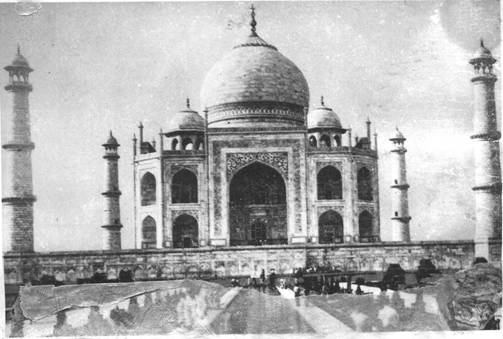
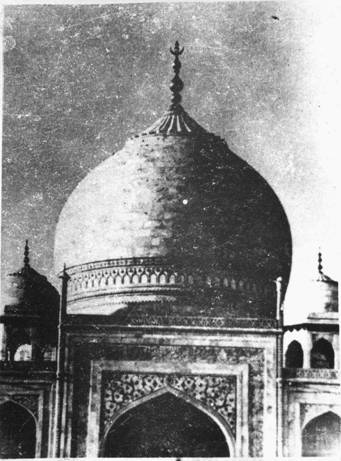
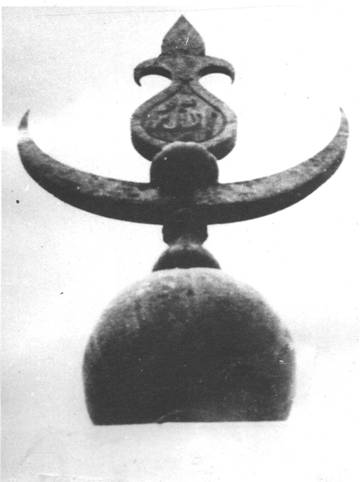
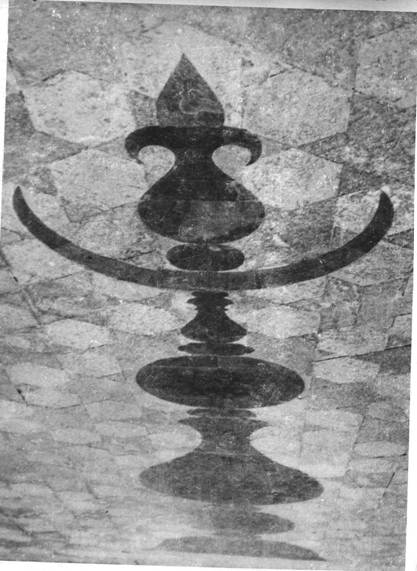
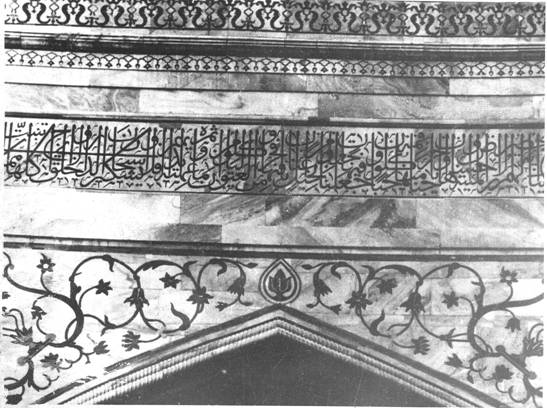
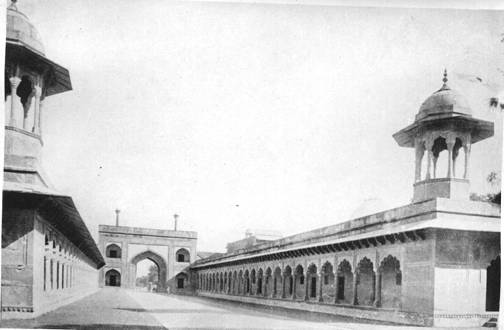
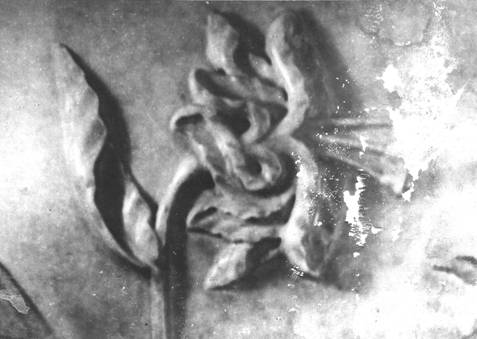
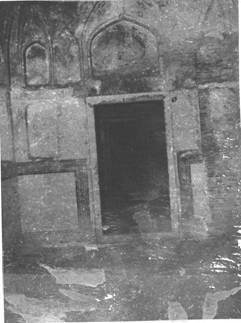
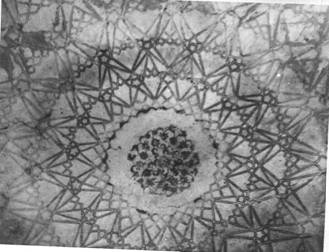
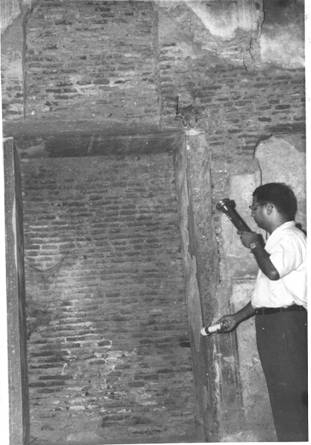
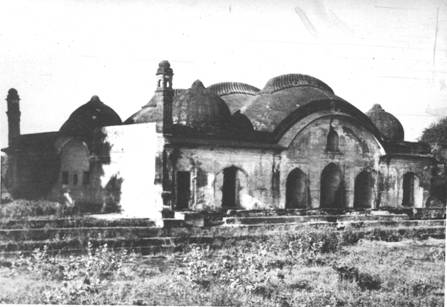
Palace in Barhanpur where Mumtaz died
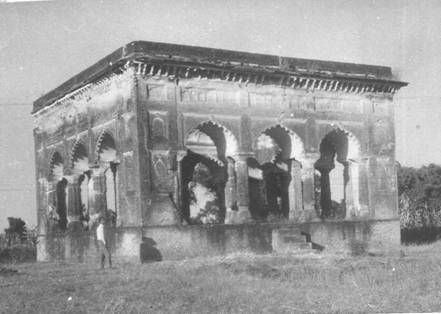
NOW READ THIS…….
No one has ever challenged it except Prof. P. N. Oak, who believes the whole world has been duped. In his book ‘Taj Mahal: The True Story’, Oak says the Taj Mahal is not Queen Mumtaz’s tomb but an ancient Hindu temple palace of Lord Shiva (then known as Tejo Mahalaya ). In the course of his research Oak discovered that the Shiva temple palace was usurped by Shah Jahan from then Maharaja of Jaipur, Jai Singh.
In his own court chronicle, Badshahnama, Shah Jahan admits that an exceptionally beautiful grand mansion in Agra was taken from Jai Singh for Mumtaz’s burial. The ex-Maharaja of Jaipur still retains in his secret collection two orders from Shah Jahan for surrendering the Taj building.
Using captured temples and mansions, as a burial place for dead courtiers and royalty was a common practice among Muslim rulers. For example, Humayun, Akbar, Etmud-ud-Daula and Safdarjung are all buried in such mansions.
Oak’s inquiries began with the name of Taj Mahal. He says the term ” Mahal ” has never been used for a building in any Muslim countries from Afghanisthan to Algeria. “The unusual explanation that the term Taj Mahal derives from Mumtaz Mahal was illogical in atleast two respects. Firstly, her name was never Mumtaz Mahal but Mumtaz-ul-Zamani,” he writes. Secondly, one cannot omit the first three letters ‘Mum’ from a woman’s name to derive the remainder as the name for the building.”
Taj Mahal, he claims, is a corrupt version of Tejo Mahalaya, or Lord Shiva’s Palace. Oak also says the love story of Mumtaz and Shah Jahan is a fairy tale created by court sycophants, blundering historians and sloppy archaeologists. Not a single royal chronicle of Shah Jahan’s time corroborates the love story.
Furthermore, Oak cites several documents suggesting the Taj Mahal predates Shah Jahan’s era, and was a temple dedicated to Shiva, worshipped by Rajputs of Agra city. For example, Prof. Marvin Miller of New York took a few samples from the riverside doorway of the Taj. Carbon dating tests revealed that the door was 300 years older than Shah Jahan. European traveler Johan Albert Mandelslo, who visited Agra in 1638 (only seven years after Mumtaz’s death), describes the life of the city in his memoirs. But he makes no reference to the Taj Mahal being built. The writings of Peter Mundy, an English visitor to Agra within a year of Mumtaz’s death, also suggest the Taj was a noteworthy building well before Shah Jahan’s time.
Prof. Oak points out a number of design and architectural inconsistencies that support the belief of the Taj Mahal being a typical Hindu temple rather than a mausoleum. Many rooms in the Taj Mahal have remained sealed since Shah Jahan’s time and are still inaccessible to the public. Oak asserts they contain a headless statue of Lord Shiva and other objects commonly used for worship rituals in Hindu temples.
Source of Photographs : Stephen Knapp website
Source of information : Stephen Knapp Website
Read More : Islamic Destruction of Hindu Temples
Other examples of capture of Hindu Temples by Muslims on HJS website
1) Solapur: Relics of ancient temple found under a grave
Muslims observe the day Babri mosque was demolished as a ‘Black Day’. Muslims have destroyed so many temples of Hindus and erected mosques in their place. When are Hindus going to learn to protest, in lawful manner, against such things ?
-
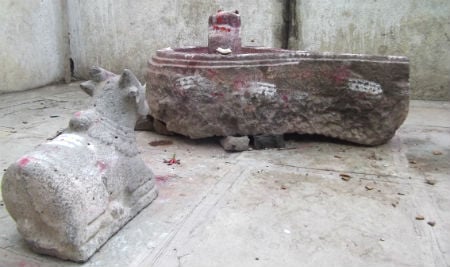
Relics of 900 year old Hindu Temple below a grave were found in Musti village
Solapur (Maharashtra): There was a grave on one raised platform in Musti village. Local Muslims started construction work there to convert the grave into a ‘durgah’. Below this grave, relics of a 900 years old ancient temple of Hindu God Siddhyappa were found. (Muslim invaders attacked hundreds of Hindu temples and erected mosques in their place. Secular Government has tried to suppress this history all these years. These rulers don’t utter even a word against the attacks. Such things will not, however, happen in Hindu Nation. – Editor)
Read more at : https://www.hindujagruti.org/news/12382.html

 Shiv Sena leader demands action against Bigg Boss OTT 3 over ‘obscene’ content
Shiv Sena leader demands action against Bigg Boss OTT 3 over ‘obscene’ content Conduct a thorough enquiry of individuals coming to Vishalgad Fort from Hyderabad involved in distributing money to the local Muslims : Ramesh Shinde, HJS
Conduct a thorough enquiry of individuals coming to Vishalgad Fort from Hyderabad involved in distributing money to the local Muslims : Ramesh Shinde, HJS Kanwar Yatra: SC stays U.P., Uttarakhand directives to display names of food stall owners and staff en route
Kanwar Yatra: SC stays U.P., Uttarakhand directives to display names of food stall owners and staff en route No one will be treated unfairly; all encroachments on Vishalgad will be removed – Maharashtra CM’s Assurance
No one will be treated unfairly; all encroachments on Vishalgad will be removed – Maharashtra CM’s Assurance Temple traditions cannot be changed without the consent of Chief Priest : Kerala HC
Temple traditions cannot be changed without the consent of Chief Priest : Kerala HC Be ready to sacrifice everything for the establishment of Hindu Rashtra! – Staunch Hindu MLA T Raja Singh Lodh, Telangana
Be ready to sacrifice everything for the establishment of Hindu Rashtra! – Staunch Hindu MLA T Raja Singh Lodh, Telangana
I had already read about this conversion of Shiva Temple. What to do? UP people are so tolerant people that they accept the temple conversion as graveyard. Secularism.
Muze shri P.N.Oak ka Tejomahalay-tajmahal per udbodhan sunane ka moka mila thaGwaliorme our uske bad tajmahal dekhne ka mouka mila tha,
It is originally lord shiv temple built by raja pramer Dev in 1155 then its cared by raja Mann Singh shahjahn born in 1592 if I’m not mistaken way later when tejo mahilya built he just snatched tejo mahaliya from the hand of raja Mann singh2 in 1631 and then he distroye dthe many statues of lord shiv and shiv ling and built two grave in it after shahjahan seaed tejo mahaliya underground doors till now it is sealed in 1977 it was sealed by red brick ordered by that time Indian PM Indira Gandhi so now every Hindu should stand up and try 2 open up the doors where is still the original truth has been hidden and whole world can understand the original truth